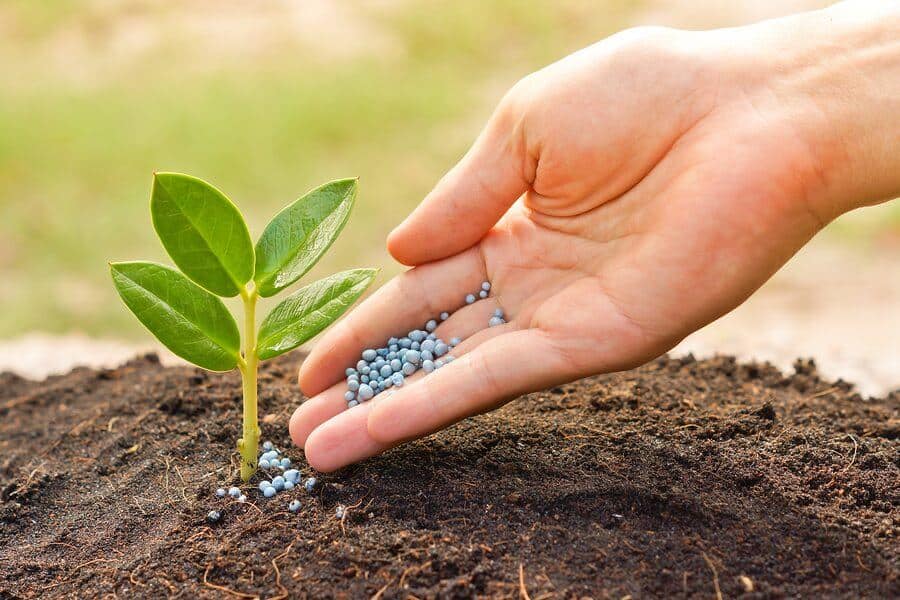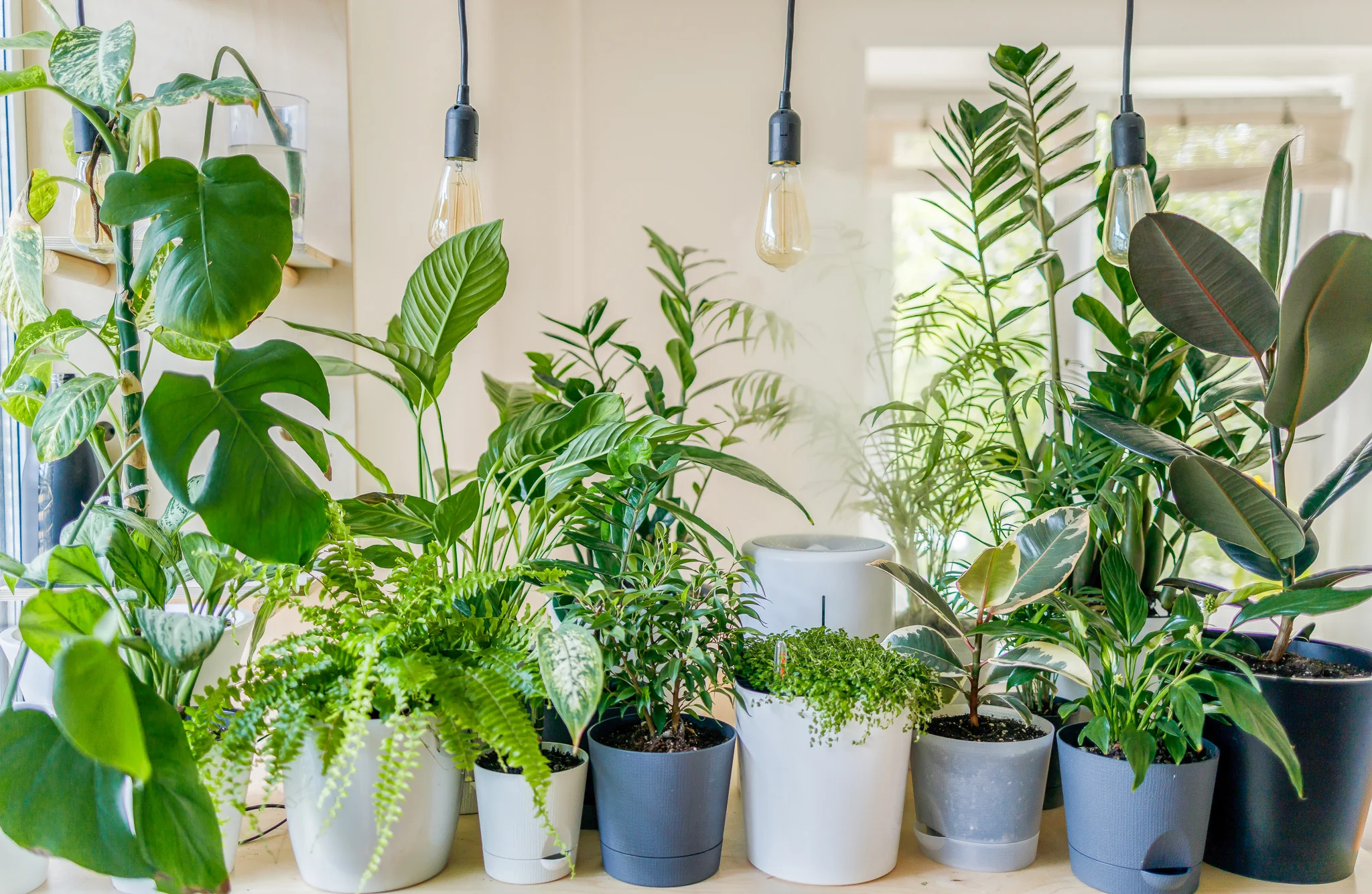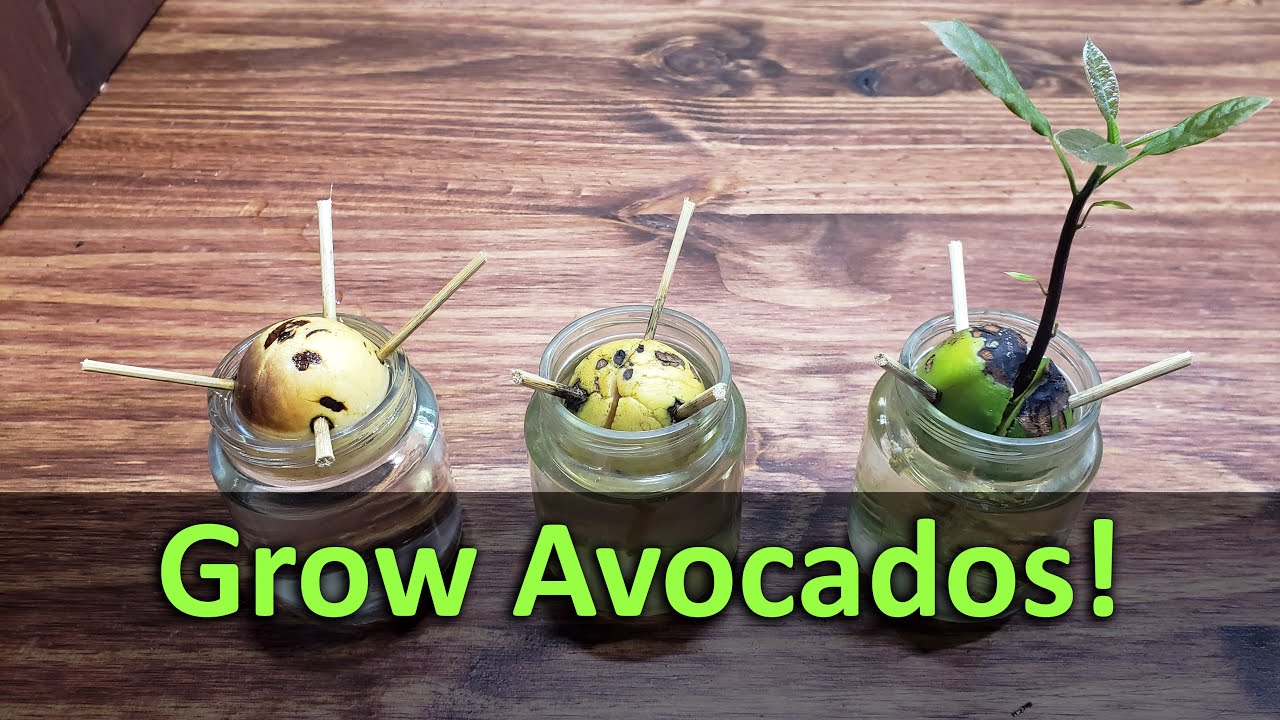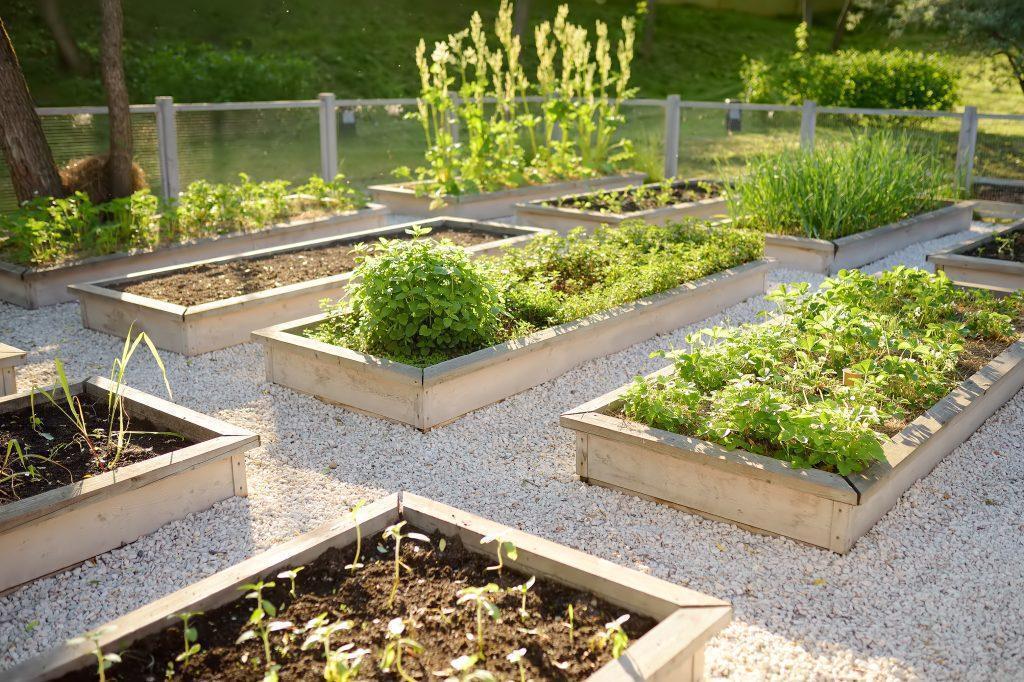Chemical fertilizers may give quick results, but they harm soil in the long run. A better option? Natural fertilizers made at home. They are safe, sustainable, and cost nothing. Even better—most of them come from your daily kitchen waste.
Easy, Eco-Friendly & Budget-Friendly Methods for Indian Homes
In India, we throw away large amounts of vegetable peels, leftover food, and spoiled fruits every day. Instead of wasting it, you can turn it into powerful fertilizer for your home plants or garden.
This guide shows you how.
Why Use Natural Fertilizers?

- Free of chemicals
- Improves soil structure
- Nourishes plants slowly and naturally
- Reduces household waste
- Supports organic and eco-friendly gardening
Natural fertilizers also promote soil microbes, which keep the soil alive and fertile.
10 Best Natural Fertilizers from Kitchen Waste (For Indian Homes)
Let’s explore easy ways to make your own fertilizers using items from your kitchen.
1. Vegetable and Fruit Peels
Peels from potatoes, carrots, bananas, onions, apples, and other fruits are rich in nutrients.
How to Use:
- Chop peels into small pieces.
- Bury them near plant roots.
- OR blend into a smoothie with water and pour it into the soil.
Benefits: Provides potassium, phosphorus, and micronutrients.
Also Read Composting at Home
2. Used Tea Leaves
Tea is rich in nitrogen, which helps plant growth. It also improves soil texture.
How to Use:
- Dry the used tea leaves.
- Mix them directly into the soil.
- Avoid adding sugar or milk tea.
Best For: Indoor plants, flowering pots.
3. Coffee Grounds
Coffee is rare in Indian homes but growing in popularity. It is full of nitrogen and minerals.
How to Use:
- Dry and sprinkle in small amounts near plants.
- Use only once a week.
Note: Too much can make soil acidic. Use for acid-loving plants like tomatoes, roses, and hibiscus.
4. Banana Peels
Bananas are rich in potassium and phosphorus, great for fruiting and flowering.
How to Use:
- Cut banana peels into pieces.
- Bury near the plant base.
- Or soak peels in water for 3–4 days and use the water as liquid fertilizer.
5. Onion and Garlic Skins
These skins contain sulphur, which acts as a natural pest repellent.
How to Use:
- Dry the skins.
- Crush and mix into the soil or compost.
- Soak in water for 24 hours and use it as a spray.
6. Eggshells (Optional for Vegans)
Eggshells are full of calcium. Not vegan-friendly, but useful for non-vegan households.
How to Use:
- Wash and dry eggshells.
- Crush them and add to the soil.
- Mix in compost or directly in pots.
Benefits: Prevents blossom-end rot in tomatoes, peppers.
7. Stale Rice Water
Leftover water from rinsing or cooking rice is full of starch and minerals.
How to Use:
- Collect cooled rice water.
- Water plants once or twice a week.
- Do not use salted or oiled water.
Great For: Indoor plants, leafy greens.
8. Buttermilk or Curd Water
Mildly fermented curd or buttermilk is excellent for soil microbes.
How to Use:
- Dilute with water (1 part curd to 4 parts water).
- Pour near roots—not on leaves.
- Use once every 10–15 days.
Tip: Avoid if ants are a problem in the area.
9. Ash from Wood or Cow Dung Cakes
This ash contains potassium and trace minerals.
How to Use:
- Sprinkle a small amount into garden soil.
- Mix with compost for added benefits.
Avoid: Ash from painted or treated wood.
10. DIY Liquid Compost (Kitchen Waste Water)
Make liquid compost using a fermented kitchen waste tea.
How to Make:
- Collect vegetable peels and fruit scraps.
- Add to a container with 1–2 L of water.
- Let it sit for 5–7 days. Stir daily.
- Strain and dilute the liquid (1:3 ratio).
- Use it to water plants.
This is like homemade organic compost tea, excellent for regular use.
Things to Keep in Mind
- Always avoid oily, spicy, or salty food waste
- Keep the waste items chopped or blended to speed up breakdown
- Do not pour raw waste directly on the plant—bury or mix with soil
- Store your DIY fertilizers in covered containers if not used immediately
- Use gloves while handling wet waste to avoid smell or bacteria exposure
Simple Schedule for Using Kitchen Fertilizers
| Day | Fertilizer Type | Application |
|---|---|---|
| Monday | Banana Peel Tea | Liquid fertilizer |
| Wednesday | Tea Leaves + Rice Water | Soil and watering |
| Friday | Buttermilk or Curd Water | Soil activator |
| Sunday | Chopped Peels + Dry Skins | Buried near roots |
This way, you give your plants weekly balanced nutrition.
Benefits for Urban and Balcony Gardens
In Indian cities, space is limited. But you can still grow herbs, greens, and flowers in containers. Homemade fertilizers:
- Keep your balcony garden healthy
- Reduce cost of buying plant food
- Support zero-waste lifestyle
- Avoid harmful chemicals in your home-grown vegetables
FAQs: Natural Fertilizers from Kitchen Waste
Q1. Is it safe to use raw food waste as fertilizer?
Yes, but avoid meat, oily food, or dairy. Always bury or compost raw waste.
Q2. Can I use these for all types of plants?
Yes, but adjust quantities. Flowering and fruiting plants need more potassium (banana peel), leafy greens prefer nitrogen (tea leaves).
Q3. Will it attract insects or pests?
If not buried properly, yes. Always mix waste into the soil and avoid sweet fruits on top.
Q4. How often should I fertilize using kitchen waste?
Once or twice a week is enough. Over-fertilizing can harm plants.
Q5. Can these replace compost completely?
No. Compost offers balanced nutrition. Use both for the best results.
Final Thoughts
You don’t need to buy expensive plant food. Your kitchen already provides everything your plants need—nutrients, minerals, and love. All it takes is a bit of time and habit.
Start today. Collect your peels. Dry your tea leaves. Store rice water. Your plants—and the planet—will thank you.
Author- Ayush












